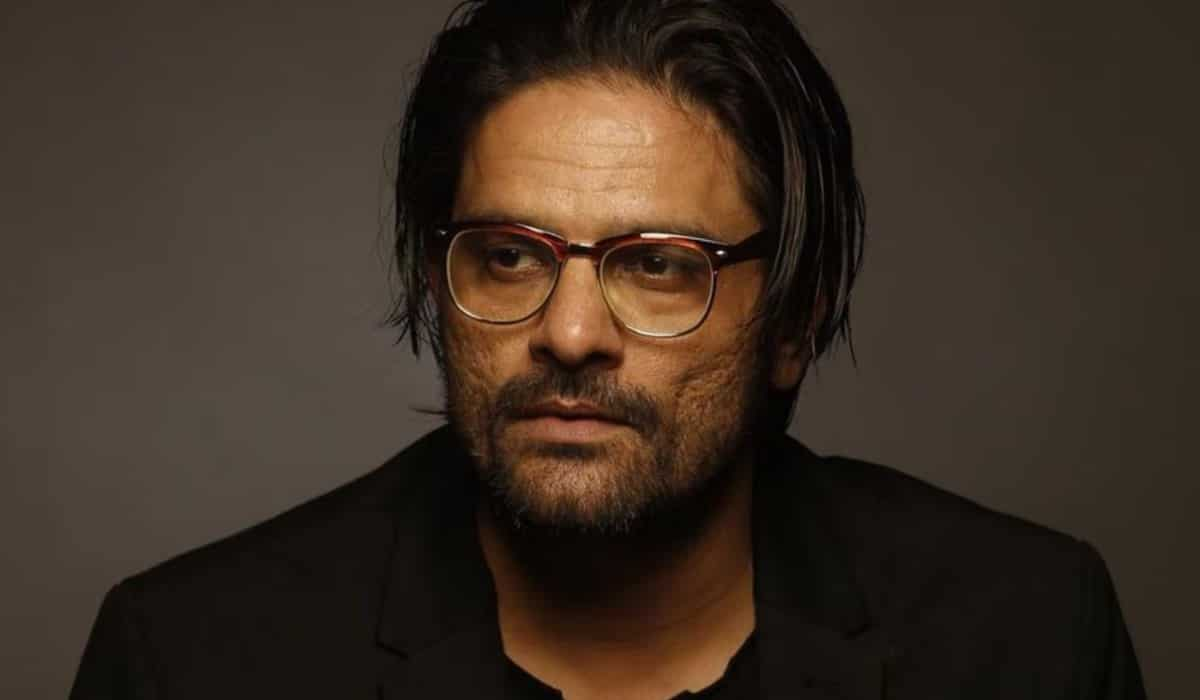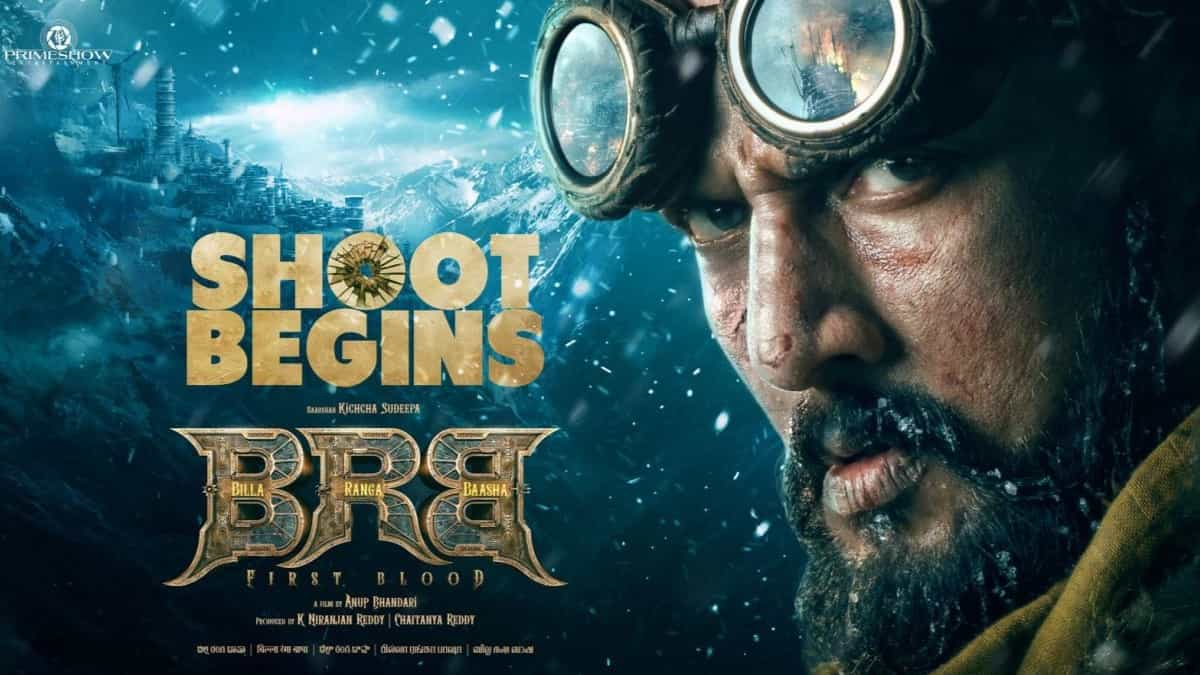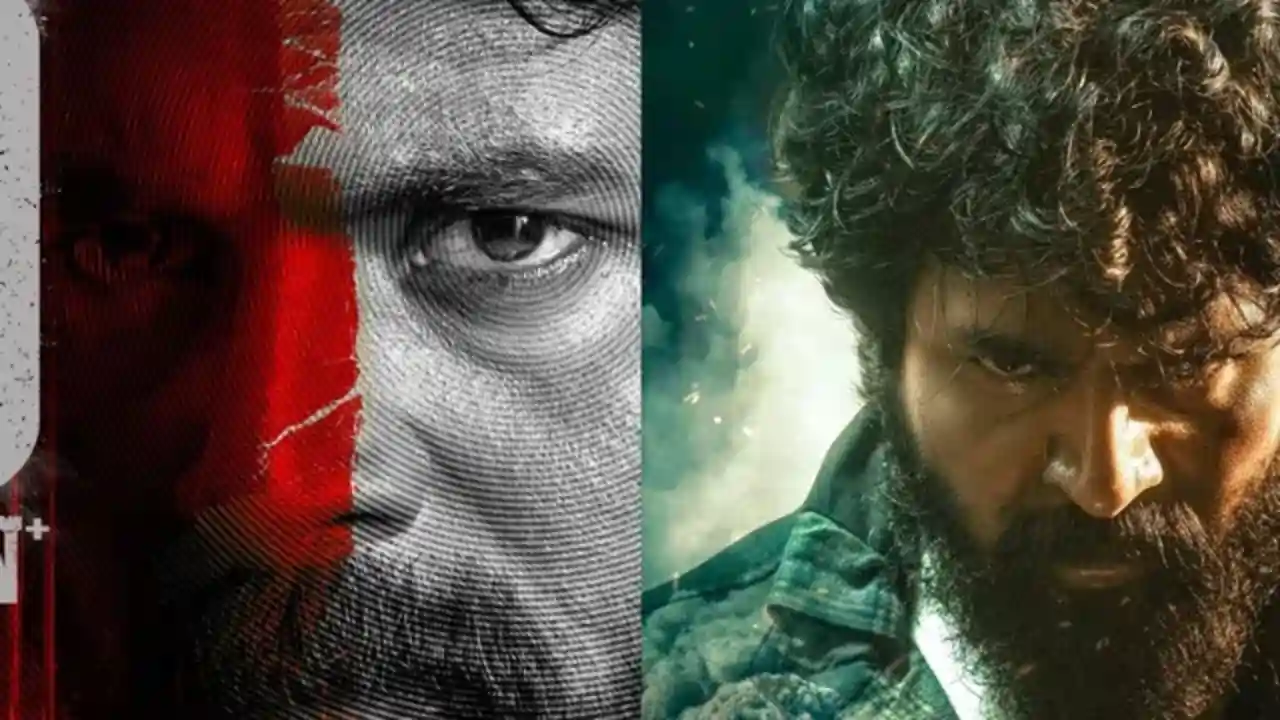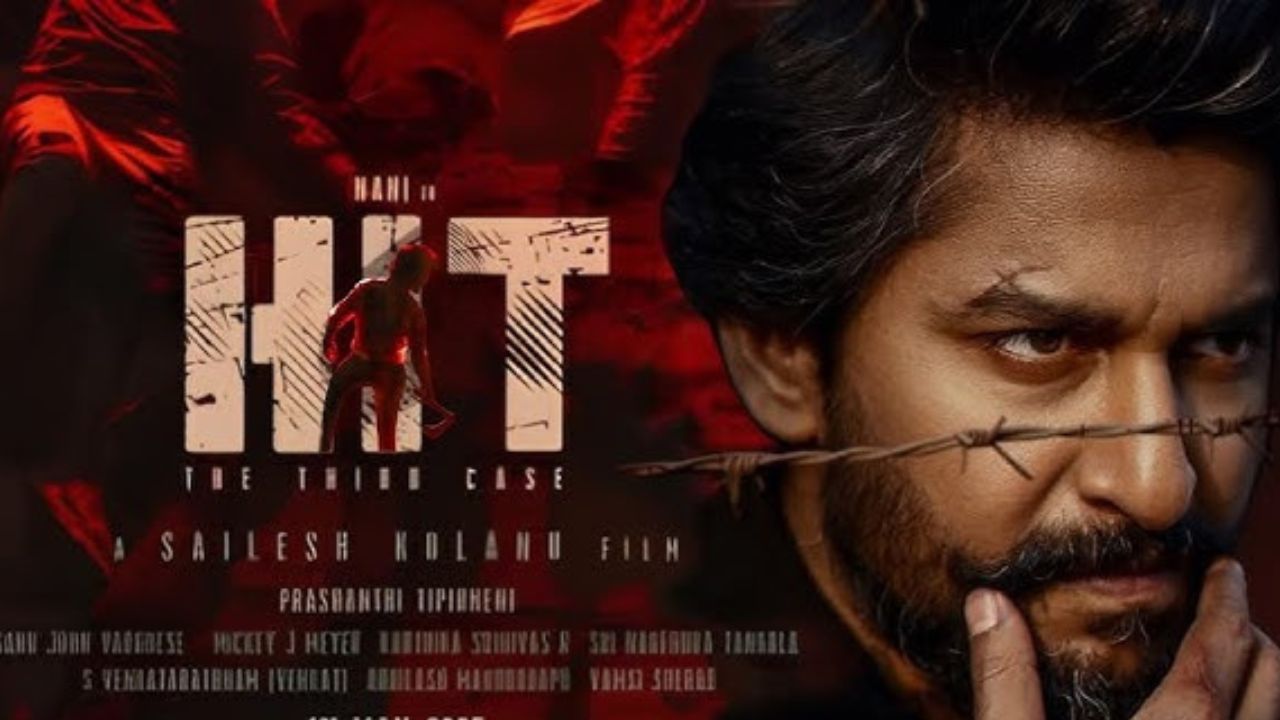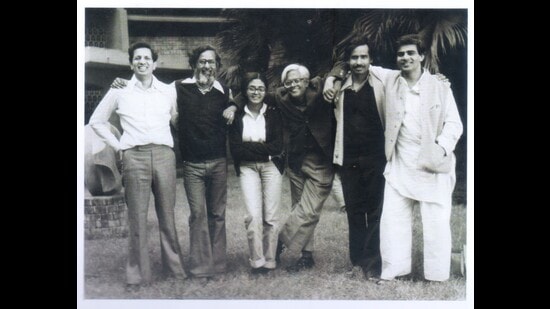
He orchestrates his work like a filmmaker: Artist Sudhir Patwardhan on Gulammohammed Sheikh
8 months ago | 85 Views
I first met Gulammohammed Sheikh about 45 years ago, in Baroda, when Vivan Sundaram, Nalini Malani and I were planning an exhibition together.
Already well-known, he was friendly and easy to relate to. We showed together two years later, in the Place for People exhibition (1981; at Rabindra Bhavan in Delhi and the Jehangir Art Gallery in Mumbai).
We are looked upon as belonging to the generation that initiated the narrative-figurative turn in Indian paintings. But I have always seen him as a senior from whom I have learnt a lot. He is a great source of knowledge on the history of Indian art and aesthetics, and the Italian Renaissance. Being an artist, he brings to this history a very special perspective, a kind of insider’s view.
Gulam is both a master artist and an art historian, which is a rare combination. His many areas of interest influence his work, and he remains so open to new ideas. I remember when artists were first discussing the use of digital technology in art, 30 years ago. He has negotiated this tricky space successfully.
There was a period in Gulam’s work about two decades ago when one did feel that one missed the work of the hand, as he was relying on the digitally printed image to a large extent. But to his credit, he has faced the problem (which is a problem of our technological age) squarely and intelligently. He has assistants to help him with the technology and to assist him with the painting.
It seems to me that he has created an atelier-like space where a master artist works with and trains other artists to do various jobs. In a recent walkthrough of his exhibition (Kaarawaan and Other Stories; April-May in Mumbai), he explained how he channels the different skills of his assistants to the best advantage.
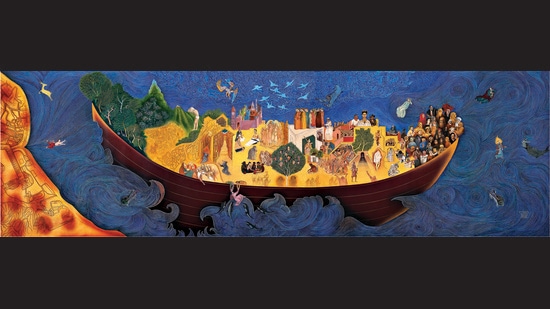
He orchestrates his paintings like a film director, bringing together various talents and devices of storytelling to make one epic or monumental work.
Gulam is also a great teacher, always ready to part with knowledge, wanting to share his experience.
If he sees a certain inclination in a student or an artist, he will immediately refer the person to relevant sources, artists, historical periods that will help them. He has a keen sense of what the other person needs, which is part of what makes it easy to relate to him.
There are at least three generations of students he has moulded. He has taught them how to look at the world of art, and how to view their own traditions through their needs.
This rarely happens in art schools. But at (MS University) Baroda, this was a crucial practice. First KG Subramanyan and then Gulam exemplified this teaching tradition at Maharaja Sayajirao University.
As an artist, I respect his boldness in using different media. Within paintings too, he uses various formats: the usual easel format; large, mural-sized work; painted books; accordion books; paintings on the multiple panels of kaavads he has constructed.

Traditionally, kaavads are portable shrines used to tell mythological stories. Gulam has used the format to narrate stories of our present.
Through these forms, Gulam explores different narratives. And while it is difficult to choose a favourite among his many wonderful works, the large canvas Kaarawaan from his recent show is surely one of my favourite works of his.
In a huge boat, afloat on turbulent waters, there are hundreds of people, animals, trees and hills culled from his own paintings or paintings from the past, all travelling together.
It is a metaphor for life; not just this life, but many lives, many ages. It is an epic painting.
The preparatory drawings and paintings for this work, done over many years, were an added treat to see, and an education.
Another work that has left a mark on me is his marvellous, monumental City for Sale (1981-84; now at the Victoria and Albert Museum, UK).
It is a complex work in which personal experience and the poisonous political environment are brought together. There are various things happening in the painting. We see communal rioting, murder, children and beggars, a vegetable vendor, a red-light area, the inside of a theatre where a film is being screened. It’s impressive to see how he has built a structure that can hold so much. You can start looking at the image from anywhere and be drawn into the vortex of a city in turmoil.
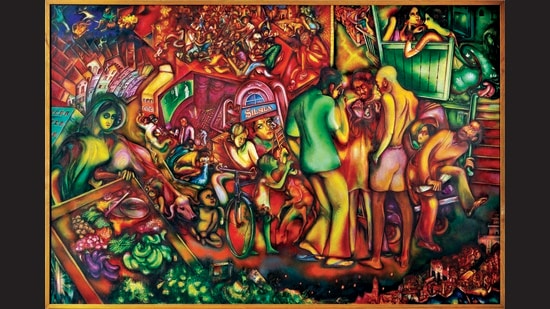
Gulam has always wanted to include as much of life and art as possible in his work. The personal and the social, the overtly political, the metaphysical and spiritual all jostle for space on his canvases. What is admirable is his capacity to find visual structures to accommodate these needs. The series of Mappa Mundi (World Map) works epitomises this. Within these maps of the real and possible worlds, the figures of Kabir and Gandhi are seen again and again, as if their life is a lesson for all places and all ages, keeping hope alive.
Hope is what one comes away with after seeing Gulam’s work and life.
I wish him many more years of work.
#






